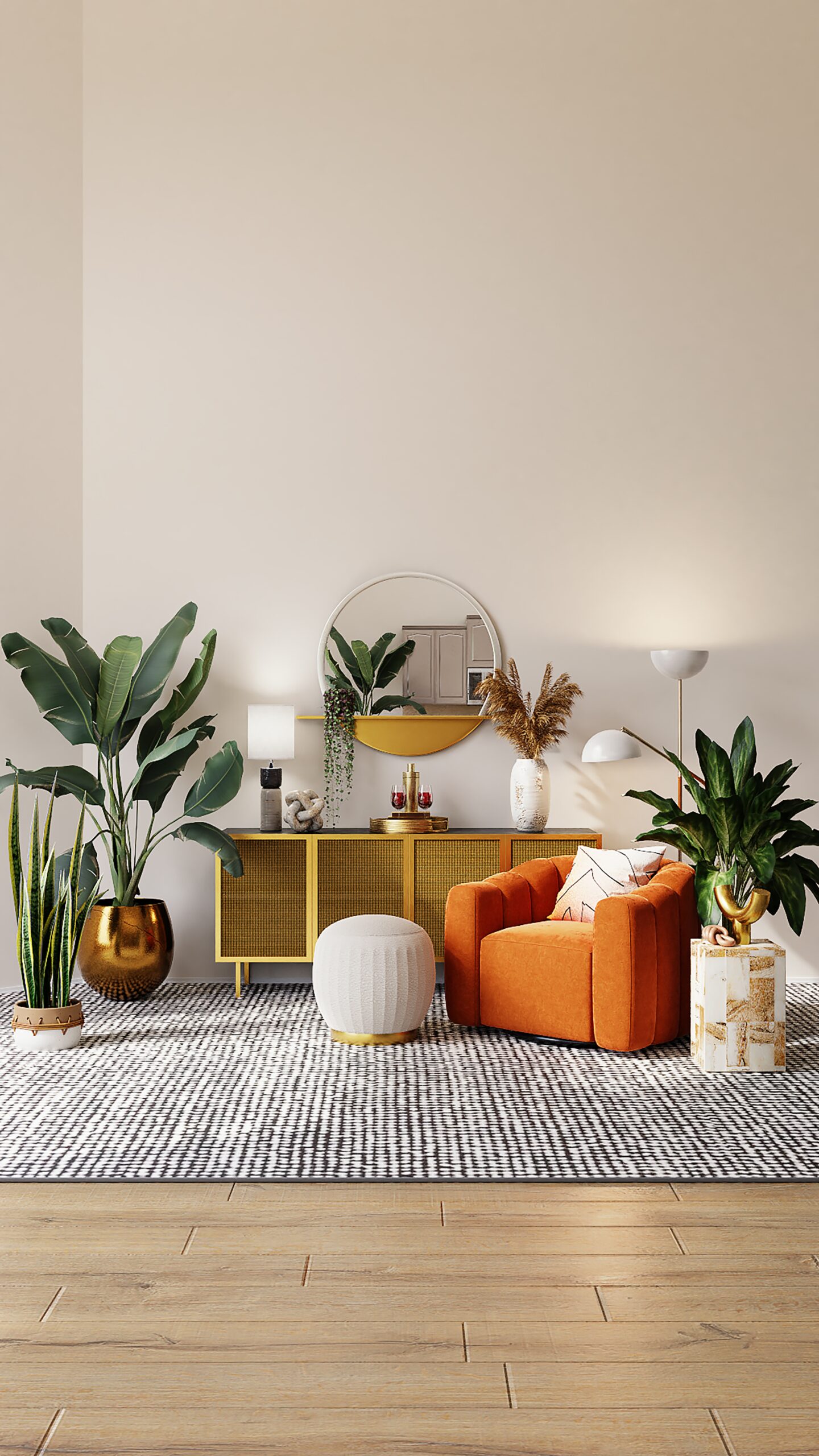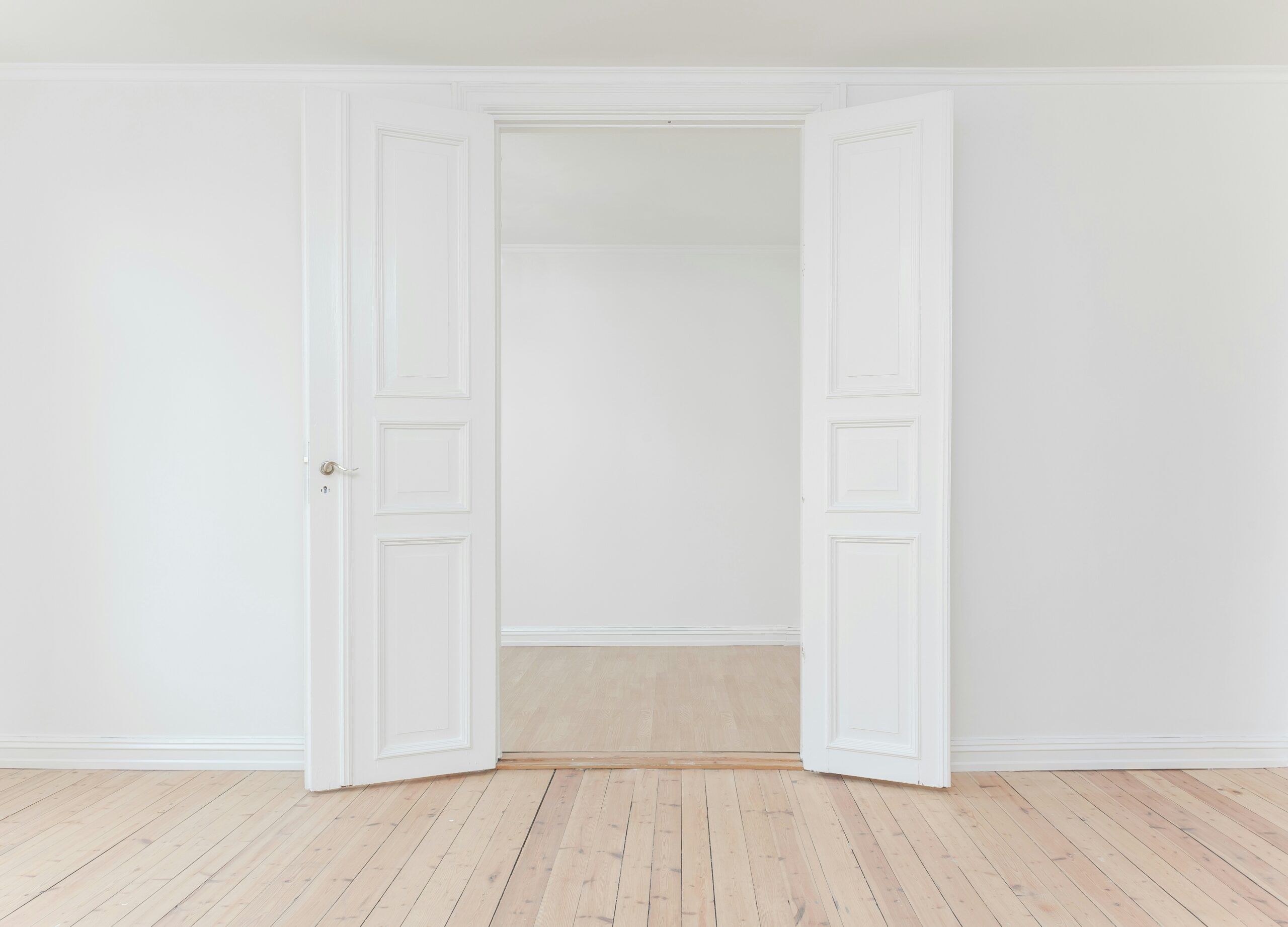Understanding Basic Interior Design Cost
When it comes to designing the interiors of your home, it’s important to have a clear understanding of the costs involved. The cost of interior design can vary depending on a variety of factors such as the size of the space, the complexity of the design, the materials used, and the location. In this blog post, we will explore the basic interior design cost and provide insights into what you can expect when planning your interior design project.
One of the primary factors that influence interior design costs is the size of the space. Larger spaces generally require more materials and labor, which can drive up the overall cost. Additionally, larger spaces may also require more intricate design elements to fill the area, which can add to the expenses. On the other hand, smaller spaces may have a lower cost as they require fewer materials and less labor.
The complexity of the design is another crucial factor to consider. If you are looking for a simple and minimalistic design, the cost may be relatively lower compared to a design that involves intricate details and custom-made furniture. Complex designs often require the expertise of specialized professionals, which can increase the overall cost.
The materials used in the interior design project can significantly impact the cost. High-end materials such as marble, hardwood, or imported tiles can be expensive, while more affordable options like laminate or vinyl can help keep the costs down. The choice of materials depends on your budget and the overall aesthetic you are trying to achieve.
Location is also an important consideration when estimating interior design costs. Different regions and cities have varying labor and material costs. For example, urban areas tend to have higher labor costs compared to rural areas. It’s essential to research and understand the local market rates to get an accurate estimate of the expenses involved.
In addition to these factors, other elements that can impact the cost of interior design include the scope of the project, the level of customization, and any additional services required. For instance, if you are planning a complete home renovation, the cost will be higher compared to a single room redesign. Similarly, if you opt for custom-made furniture or require additional services like electrical or plumbing work, the cost will increase accordingly.
It’s important to note that while understanding the basic interior design cost is essential, it’s equally important to set a realistic budget for your project. By setting a budget, you can prioritize your expenses and make informed decisions throughout the design process. Working with a professional interior designer can also help you navigate the costs and ensure that your vision is brought to life within your budget.
In conclusion, the cost of interior design can vary depending on various factors such as the size of the space, the complexity of the design, the materials used, and the location. By considering these factors and setting a realistic budget, you can embark on your interior design project with confidence and create a space that reflects your style and personality.
5. Scope of Work
The scope of work involved in an interior design project can greatly impact the overall cost. If the project includes extensive renovations, such as structural changes, electrical or plumbing work, it will require additional resources and expertise, which can increase the cost. Similarly, if the project involves multiple rooms or areas, each with its own unique design requirements, it will require more time and effort from the interior designer and their team, resulting in higher costs.
6. Timeline
The timeline for completing the interior design project can also affect the cost. If you have a tight deadline or require the project to be completed quickly, the interior designer may need to allocate additional resources or work overtime, which can increase the overall cost. On the other hand, a flexible timeline can allow for more efficient planning and execution, potentially reducing the cost.
7. Additional Services
Additional services, such as project management, procurement of materials, and coordination with contractors, can also contribute to the overall cost of an interior design project. These services may be optional but can provide convenience and ensure a smooth and hassle-free execution of the project. However, it’s important to consider the cost of these additional services and weigh them against your budget and requirements.
8. Client Requirements
The specific requirements and preferences of the client can also impact the cost of interior design. If the client has specific requests for custom-made furniture, high-end appliances, or imported materials, it can significantly increase the cost. It’s essential for the interior designer to understand and align with the client’s vision while also managing their expectations within the given budget.
9. Market Conditions
The prevailing market conditions can also influence the cost of interior design. Factors such as inflation, fluctuations in material prices, and changes in labor rates can impact the overall cost. It’s important to consider these market conditions and factor them into the budget and planning of the interior design project.
10. Reputation and Experience of the Interior Designer
The reputation and experience of the interior designer can also play a role in determining the cost. Interior designers with a strong portfolio and extensive experience may charge higher fees for their services. However, their expertise and track record can provide assurance of quality and ensure a successful outcome for the project.
By considering these factors, you can have a better understanding of the various elements that can influence the cost of an interior design project. It’s important to communicate your budget and requirements clearly with the interior designer to ensure that the project is tailored to your needs while also being mindful of the cost implications.
Cost Range for a Basic 1BHK Home Interior Design
Now that we have a better understanding of the factors that can impact interior design costs, let’s focus on the cost range for a basic 1BHK home interior design. In Bangalore, a basic 1BHK home interior design can cost anywhere between 2.5 to 4.5 lakhs.
This budget range is suitable for small apartments and includes essential elements such as a compact and simple modular kitchen interior, wooden wardrobes, and TV units. These elements not only enhance the functionality of the space but also add a touch of style and elegance to your home.
When it comes to the kitchen, a basic 1BHK home interior design will typically include a modular kitchen with essential features such as a countertop, cabinets, and storage space. The design will be simple yet efficient, making the most of the available space in the kitchen. The choice of materials for the kitchen interior, such as the countertop material and the finish of the cabinets, will also impact the overall cost.
In addition to the kitchen, a basic 1BHK home interior design will also include wooden wardrobes in the bedroom. These wardrobes provide ample storage space for clothes, accessories, and other personal belongings. The design of the wardrobes will be minimalistic, focusing on functionality while still adding a touch of elegance to the bedroom.
Another essential element of a basic 1BHK home interior design is the TV unit. This unit serves as a focal point in the living room, providing a designated space for the television and other entertainment devices. The design of the TV unit will be sleek and compact, ensuring that it doesn’t take up too much space in the living room.
It’s important to note that the cost range mentioned above is for a basic 1BHK home interior design and does not include any additional customization or premium features. The final cost will depend on various factors such as the size of the apartment, the choice of materials, and the complexity of the design.
Overall, a basic 1BHK home interior design can transform a small apartment into a functional and aesthetically pleasing living space. With careful planning and budgeting, you can create a home that reflects your personal style and meets your needs without breaking the bank.
Working with Interior Designers in Bangalore
When planning your interior design project in Bangalore, it’s essential to collaborate with professional interior designers who have experience in working with various budgets and design preferences. They can help you make the most of your budget while creating a space that reflects your personal style and meets your functional needs.
When selecting an interior designer, consider factors such as their portfolio, client reviews, and their ability to understand and execute your vision. Communication and transparency are key to ensuring a successful collaboration.
One of the advantages of working with interior designers in Bangalore is their familiarity with the local market and resources. They have established relationships with suppliers, contractors, and artisans, which can help streamline the design process and ensure timely delivery of materials and services. Additionally, their knowledge of the local design trends and regulations can be invaluable in creating a space that not only looks good but also adheres to the necessary guidelines.
Another benefit of working with interior designers is their expertise in space planning. They have a keen eye for detail and can optimize the layout of your space to maximize functionality and flow. Whether it’s a small apartment or a large villa, they can help you make the most of every square foot, ensuring that each area serves its purpose efficiently.
Furthermore, interior designers can provide valuable insights and suggestions that you might not have considered on your own. They bring a fresh perspective to your project and can introduce innovative design ideas, materials, and finishes that can elevate the overall aesthetic of your space. Their expertise in color theory, lighting design, and furniture selection can help create a cohesive and visually appealing environment.
Collaborating with interior designers also allows you to tap into their network of skilled professionals. They work closely with architects, contractors, and craftsmen, ensuring that your project is executed to the highest standards. From structural modifications to custom furniture, they can coordinate the various aspects of your project, saving you time and effort.
Lastly, working with interior designers in Bangalore can save you money in the long run. They have access to trade discounts and can source materials and furnishings at competitive prices. They can also help you avoid costly mistakes by guiding you through the selection process and ensuring that your investments are well-placed.
In conclusion, collaborating with interior designers in Bangalore offers numerous benefits, including their local expertise, space planning skills, creative insights, professional network, and cost-saving opportunities. By working together, you can transform your space into a beautiful and functional environment that reflects your unique style and enhances your quality of life.




